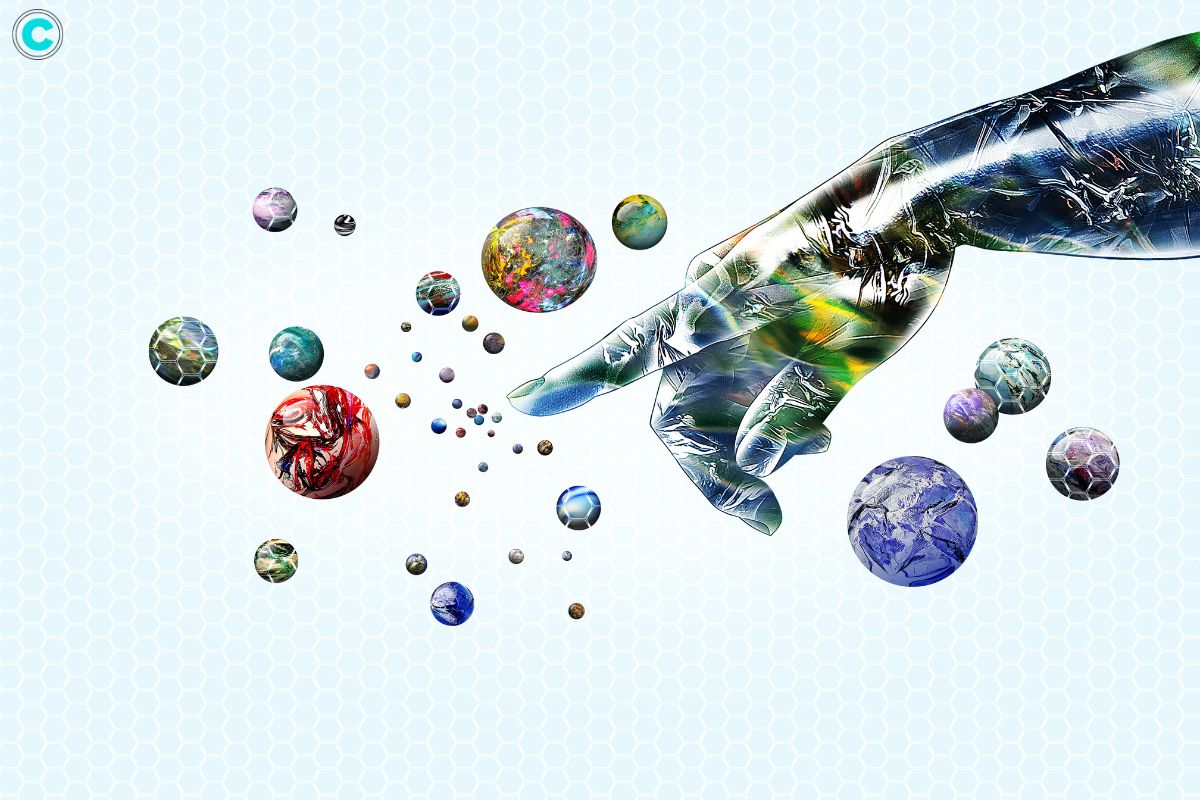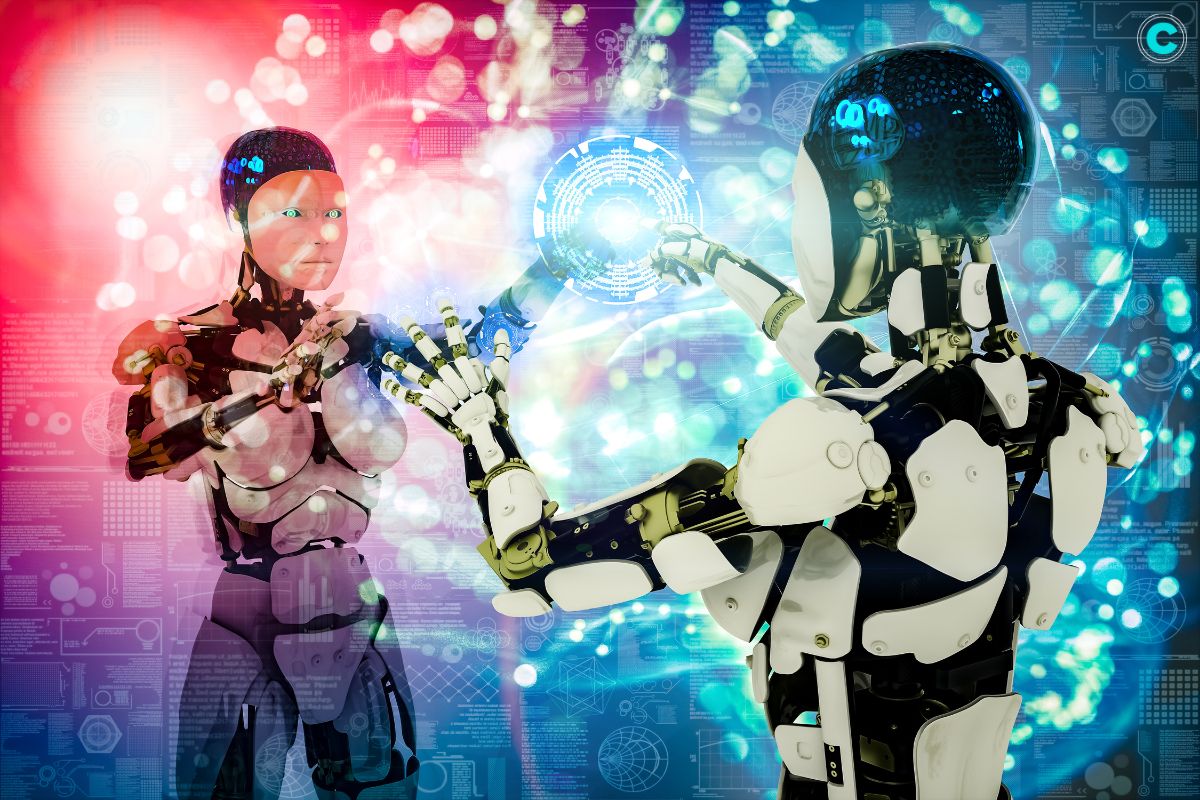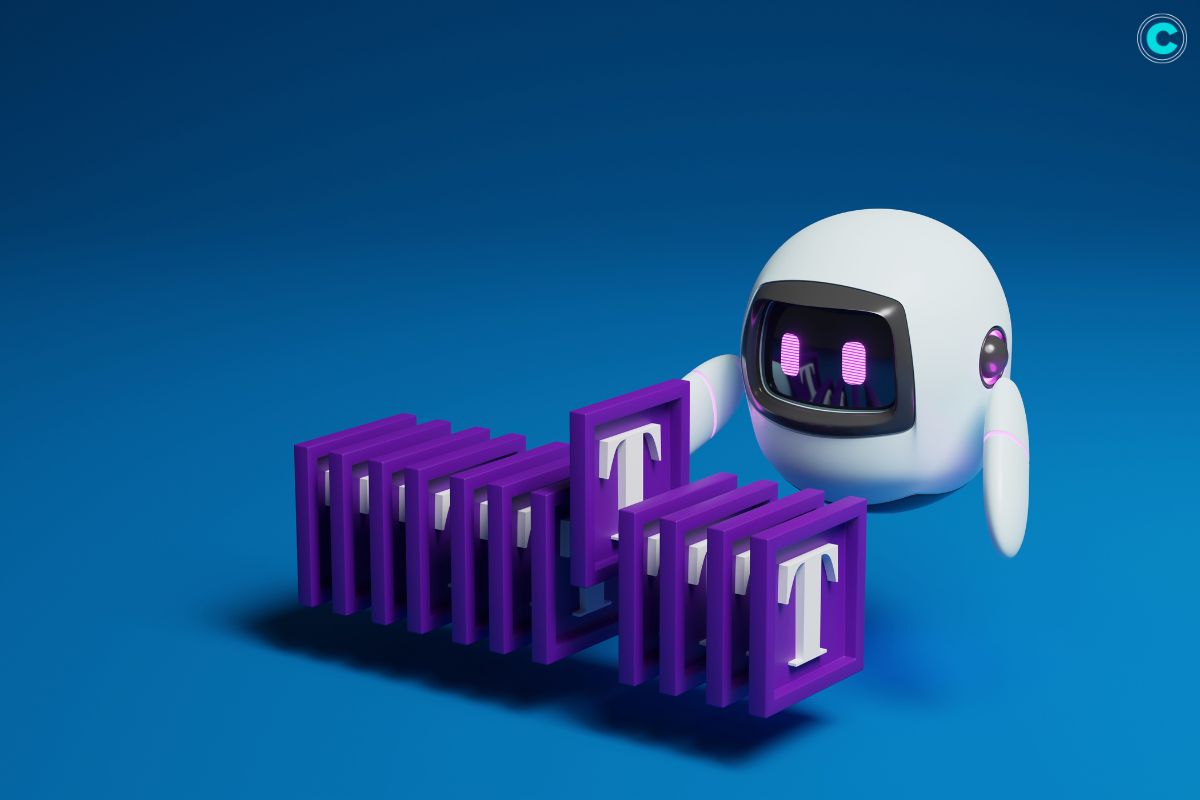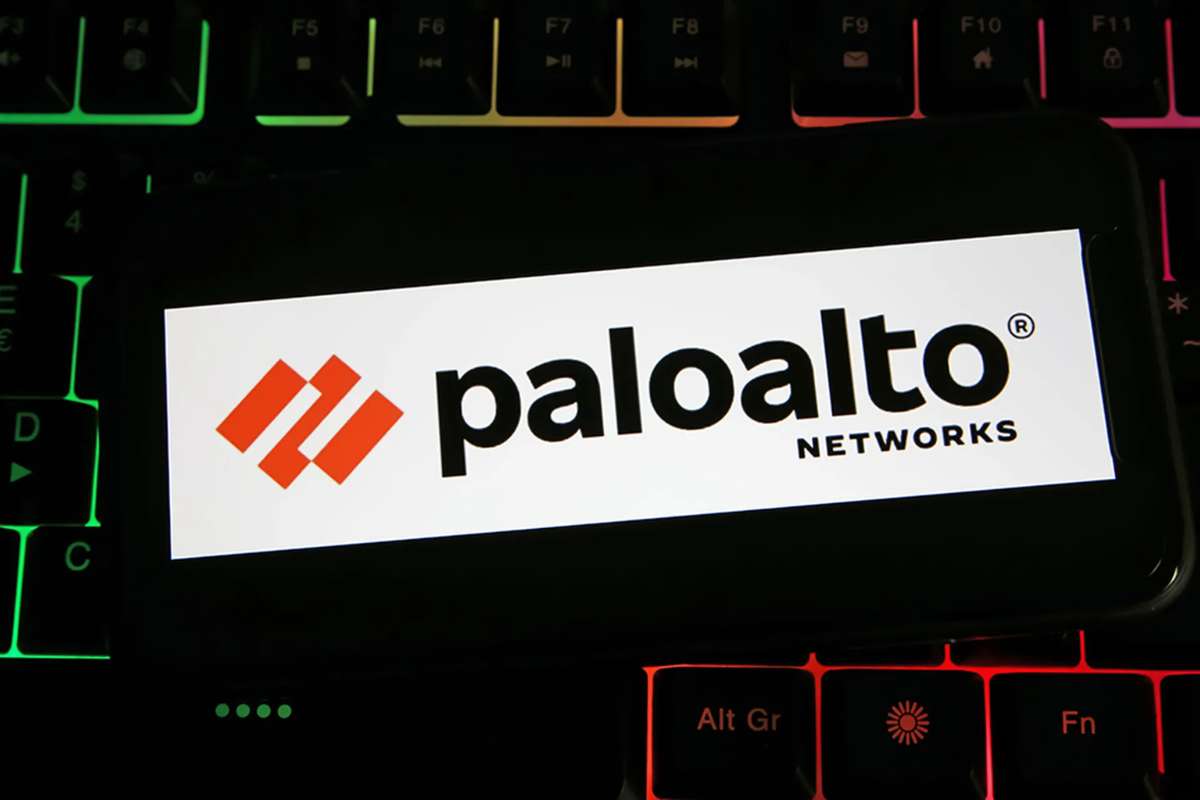Artificial Intelligence (AI) has opened up a world of creative possibilities, allowing artists to produce stunning works of art with the help of sophisticated AI tools. However, the magic behind these captivating creations often lies in the prompts used to guide the AI. Crafting effective AI art prompts is both an art and a science, and it’s essential for unlocking the full potential of AI-generated art. In this article, we’ll walk you through the process of creating compelling AI-generated art prompts, sharing practical tips and techniques to help you bring your artistic visions to life. Whether you’re a seasoned artist or a curious beginner, this guide will equip you with the knowledge to create prompts that inspire and amaze.
What Are AI Art Prompts?
These are short, descriptive phrases or sentences that guide AI algorithms in generating artwork. These prompts can vary in complexity, from simple descriptions like “sunset over the ocean” to more intricate narratives such as “a futuristic cityscape at dawn, with flying cars and towering skyscrapers.”
The Importance of Well-Crafted AI Art Prompts
The quality of the AI-generated artwork heavily depends on the clarity and specificity of the prompts. Well-crafted prompts provide clear instructions to the AI, resulting in more accurate and visually appealing art. On the other hand, vague or ambiguous prompts can lead to less satisfying outcomes.
Steps to Create Effective AI Art Prompts

Step 1: Define Your Objective
Before you start writing these art prompts, it’s crucial to define the objective of your artwork. Ask yourself the following questions:
- What is the theme or subject of the artwork?
- What emotions or moods do you want to convey?
- Are there specific elements or details you want to include?
Step 2: Use Descriptive Language
Using descriptive language is essential for creating vivid and detailed AI generated art prompts. Incorporate adjectives, adverbs, and sensory details to paint a clear picture for the AI. For example, instead of saying “a tree,” you could say “a tall, ancient oak tree with sprawling branches and vibrant green leaves.”
Step 3: Be Specific
Specificity is key when crafting AI generated art prompts. The more detailed your prompt, the better the AI will understand your vision. Instead of a general prompt like “a landscape,” try something more specific like “a tranquil meadow at sunrise, with dew-covered grass and a misty horizon.”
Step 4: Experiment with Different Styles and Genres
AI art can mimic various styles and genres, from classic oil paintings to modern digital art. Experimenting with different styles can add depth and diversity to your artwork. For example, you might create prompts for “a surrealist dreamscape with melting clocks” or “a minimalist black and white portrait.”
Step 5: Combine Concepts
Combining multiple concepts in a single prompt can result in unique and imaginative artwork. For example, you might merge elements from different time periods or cultures, such as “a Victorian-era street scene with futuristic technology” or “a traditional Japanese garden with neon lights.”
Step 6: Iterate and Refine
Creating effective AI-generated art prompts often requires iteration and refinement. Start with an initial prompt, generate the artwork, and then adjust the prompt based on the results. This process allows you to fine-tune your prompts and achieve the desired outcome.
Examples of Effective AI Art Prompts

To illustrate the principles discussed, here are some examples of effective AI-generated art prompts:
- “A majestic castle perched on a cliff, overlooking a stormy sea at dusk.”
- “A bustling marketplace in a medieval town, with colorful stalls and lively crowds.”
- “A serene forest glade, with sunlight filtering through the canopy and a gentle stream flowing through.”
Tools for Creating AI Art Prompts
1. AI Art Generators
There are several AI art generators available that can help you experiment with and refine your prompts. Some popular options include:
- DALL-E: Developed by OpenAI, DALL-E generates images from textual descriptions, allowing you to create intricate and imaginative artwork.
- Artbreeder: This platform combines multiple images and styles to create unique and diverse artwork based on your prompts.
- DeepArt: DeepArt uses neural networks to transform your prompts into art pieces, mimicking the styles of famous artists.
2. Prompt Engineering Platforms

Prompt engineering platforms offer tools and resources to help you craft better AI art prompts. Some useful platforms include:
- PromptHero: Provides templates and examples to help you create detailed and effective AI generated art prompts.
- AI Dungeon: Although primarily a text-based adventure game, AI Dungeon allows you to experiment with different prompts and see how the AI responds, offering insights into prompt crafting.
FAQs
1. What is an AI art prompt?
An AI art prompt is a short, descriptive phrase or sentence that guides an AI algorithm in generating artwork. These prompts provide specific instructions, enabling the AI to create
visually appealing and accurate art.
2. Why are well-crafted AI art prompts important?
Well-crafted AI-generated art prompts are essential because they ensure the AI understands your vision clearly. Detailed and specific prompts lead to more precise and satisfying artwork, while vague prompts can result in less effective outcomes.
3. How can I make my AI art prompts more effective?
To create effective AI-generated art prompts, use descriptive language, be specific, experiment with different styles, and combine multiple concepts. Iterating and refining your prompts based on generated results can also enhance their effectiveness.
4. What tools can help me create AI art prompts?
Several tools can assist in creating AI-generated art prompts, including AI art generators like DALL-E, Artbreeder, and DeepArt. Prompt engineering platforms, such as PromptHero and AI Dungeon also offer resources and templates for crafting better prompts.
5. Can I combine different concepts in a single AI art prompt?
Yes, combining different concepts in a single AI art prompt can result in unique and imaginative artwork. Merging elements from various time periods, cultures, or styles can add depth and creativity to your AI-generated art.
Conclusion
Creating effective AI art prompts is both an art and a science. By understanding the importance of descriptive language, specificity, and experimentation, you can craft prompts that guide AI algorithms to produce stunning and imaginative artwork. Whether you’re a seasoned artist or a beginner exploring the world of AI art, these tips and techniques will help you unlock the full potential of AI-generated art.
By following these steps and utilizing the right tools, you can create engaging and visually captivating AI art prompts that inspire and amaze. So, get started today and see where your creativity takes you!






